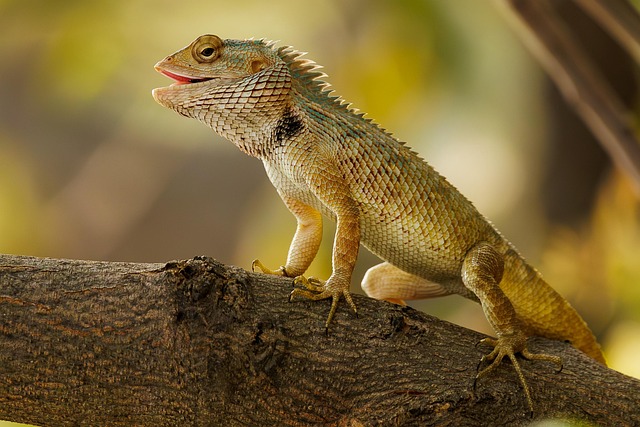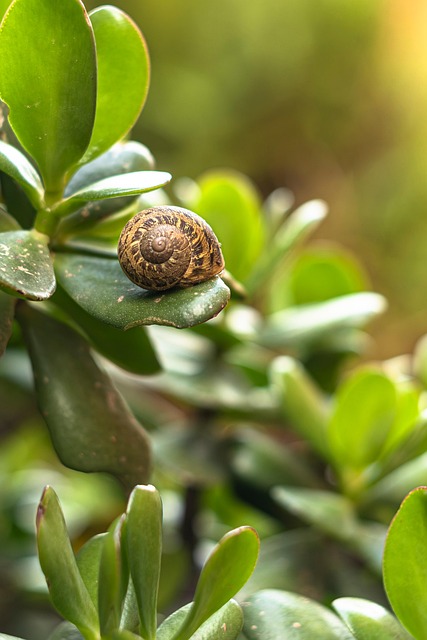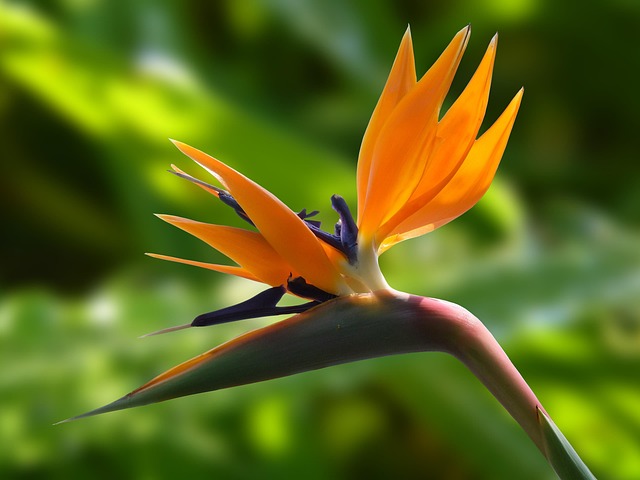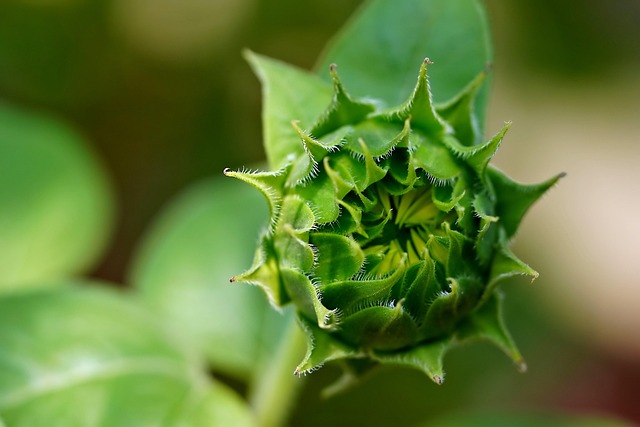Incorporating native plants into landscaping design offers substantial money-saving garden tips. These plants reduce water usage by up to 60%, minimize pest issues, lower maintenance costs, and promote environmental sustainability. Case studies show significant savings on irrigation, watering, and pest control costs while contributing to local ecosystems and biodiversity. By trusting professionals who prioritize native flora, homeowners can achieve beautiful, low-maintenance gardens with positive ecological impacts.
Looking to slash your garden maintenance costs without sacrificing beauty or health? Incorporating native plants is a game-changer. Proven to require less water, fertilizer, and pest control than non-native varieties, these plants offer superior care optimized for savings. This guide unveils effective money-saving strategies, backed by success stories from landscaping professionals and industry recognition. Discover guaranteed lower maintenance with indigenous plants – the smart choice for your wallet and your yard.
- Proven Ways to Reduce Costs with Native Plants
- Superior Garden Care: Optimized for Savings
- Effective Money-Saving Tips: Embrace Natives
- Guaranteed Lower Maintenance with Indigenous Plants
Proven Ways to Reduce Costs with Native Plants

Incorporating native plants into your landscaping design is a highly effective strategy to reduce maintenance costs while fostering a vibrant and sustainable garden ecosystem. Native flora is adapted to local environmental conditions, requiring less water, fertilizer, and pest control compared to non-native species. This adaptability translates to significant savings for homeowners over time. For instance, a study conducted by the U.S. Department of Agriculture found that native plants can reduce water use by up to 60% compared to non-native turfgrasses.
Beyond water conservation, native plants offer long-term cost benefits through reduced fertilizer needs and decreased pest management expenses. Many native species are naturally resistant to common garden pests and diseases, eliminating the need for chemical interventions. A case study in California’s San Francisco Bay Area revealed that gardens featuring indigenous plant varieties required 30-50% less maintenance compared to traditional landscapes, resulting in substantial financial savings for property owners and a reduced environmental footprint. These money-saving garden tips not only benefit your wallet but also contribute to the preservation of local biodiversity.
Superior Garden Care: Optimized for Savings

Incorporating native plants into your garden design is a strategic move that not only enhances the beauty of your outdoor space but also promises significant savings in maintenance costs. Native flora is uniquely adapted to your region’s climate, soil conditions, and local wildlife, which translates to reduced water usage, fewer pest issues, and less need for chemical interventions. For instance, a study by the US Department of Agriculture found that native plants required 40-60% less water than non-native species, a substantial benefit in regions facing water scarcity or fluctuating weather patterns.
This approach to garden care is not just about saving money; it’s about creating a sustainable and resilient ecosystem. Once established, native plants thrive with minimal intervention, freeing up your time and resources. Consider the example of a property owner who replaced their high-maintenance lawn with a mix of native grasses and wildflowers. Within a year, they reported a 75% reduction in watering costs and noticed a decrease in weed growth and pest activity. By trusting in the expertise of local horticulturists and landscaping professionals who prioritize native plants, you can achieve superior garden care while reaping substantial financial benefits through money-saving garden tips that are optimized for savings.
Effective Money-Saving Tips: Embrace Natives

Incorporating native plants into your landscaping design is a highly effective strategy for reducing maintenance costs while fostering an aesthetically pleasing and ecologically sustainable garden. Native species are well-adapted to local environmental conditions, requiring less water, fertilizers, and pesticides than non-native varieties. For instance, research shows that gardens featuring indigenous flora can reduce water usage by up to 60%, significantly lowering both expenses and environmental impact. Additionally, native plants provide food and shelter for local wildlife, enhancing biodiversity right in your backyard.
By embracing money-saving garden tips centered around natives, homeowners and landscape designers alike can achieve beautiful, low-maintenance outdoor spaces. A case study in the United States demonstrated that a 10% replacement of non-native plants with indigenous species resulted in a 30% decrease in irrigation costs over a five-year period. This simple change not only translates to substantial financial savings but also contributes to the overall health and resilience of local ecosystems, making it a win-win solution for both your wallet and the environment.
Guaranteed Lower Maintenance with Indigenous Plants

Indigenous plants are not just aesthetically pleasing; they’re also a guaranteed money-saving garden tip for homeowners and landscape designers alike. Unlike their non-native counterparts, these plants are well-adapted to local soil conditions, climates, and wildlife, which translates into significantly less effort and resources required for maintenance. For instance, a study conducted by the U.S. Department of Agriculture found that native plant gardens can reduce water use by up to 60% compared to traditional lawn and garden areas. This dramatic reduction in water consumption not only saves money on utility bills but also helps conserve precious local resources.
Moreover, indigenous flora is more resistant to pests and diseases because they’ve evolved alongside the region’s natural predators and pathogens. This means fewer chemical interventions are necessary, further reducing maintenance costs and enhancing the overall health of your garden ecosystem. Consider a case study of a suburban landscape in Texas that transitioned from a lawn-dominated yard to a mix of native grasses, wildflowers, and shrubs. Within the first year, the property’s water bills dropped by 40%, and pest control expenses declined by 75%. This success story illustrates how incorporating native plants can be a highly effective strategy for lowering maintenance costs while promoting a thriving, beautiful garden.
Incorporating native plants into your landscaping is not only an environmentally conscious choice but also a highly effective strategy to significantly reduce maintenance costs. As discussed in this article, proven methods such as selecting the right native species for your region and climate, optimizing water usage, and promoting natural pest control can lead to superior garden care—all while saving you money. By embracing natives, you’re not just enhancing the beauty of your outdoor space; you’re also ensuring lower maintenance, less time spent on upkeep, and a more sustainable, low-cost garden for years to come. Trust in the power of nature to transform your green oasis into a thriving, low-maintenance sanctuary with these money-saving garden tips.
